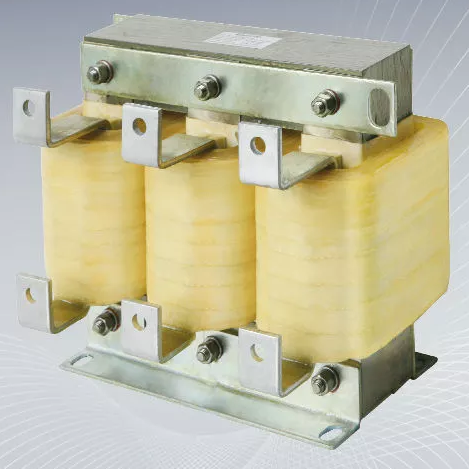AC reactors are used in AC circuits, including three-phase AC reactors and single-phase AC reactors. On the other hand, the DC reactor is used in the DC system circuit, only single-phase.
The DC reactor, also known as the DC smoothing reactor, is used for the DC side of the converter. The DC current with the AC component flows through the reactor. Its function limits the AC component superimposed on the DC current to a specified value. It is also used for the DC side coupling of parallel converters to reduce the intermittent limit and limit the circulating current in the current circulating line, to limit the current rise rate when the DC fast switch is used to cut off the fault current. It is also used in the intermediate circuit of the current and voltage inverters. The DC smoothing can smooth the rectified power supply to eliminate ripple.
DC reactor function
In fact, it is also a smoothing reactor, mainly used for the DC side of the converter, and has many applications in general-purpose inverters. In the power system, the DC current flowing through the DC reactor contains AC components, and the DC reactor is mainly.

1. Limit the AC component superimposed on the DC current to a specified value, keep the rectified current continuous, and reduce the current ripple value;
2. Improve input power factor and reduce and prevent rectifier bridge damage and capacitor overheating caused by inrush current;
3. It can effectively suppress the harmonics generated by the converter.
AC reactor function
A series reactor and a capacitor bank are connected to form a non-power compensation device. At present, the main functions are:

1. Limit or even eliminate the amplification effect of the power reactor group on the system harmonics when the series reactor is not installed;
2. Reduce the closing inrush current and inrush current frequency of the capacitor bank to protect the circuit equipment and protect the capacitor;
3. Reduce the sub-harmonic voltage value on the bus and improve the quality of power supply;
4. Limit the inflow of current higher than this harmonic, effectively suppress higher harmonics, and protect capacitors;
5. Reduce the current discharge value of the sound capacitor bank to the faulty capacitor bank, thus protecting the capacitor;